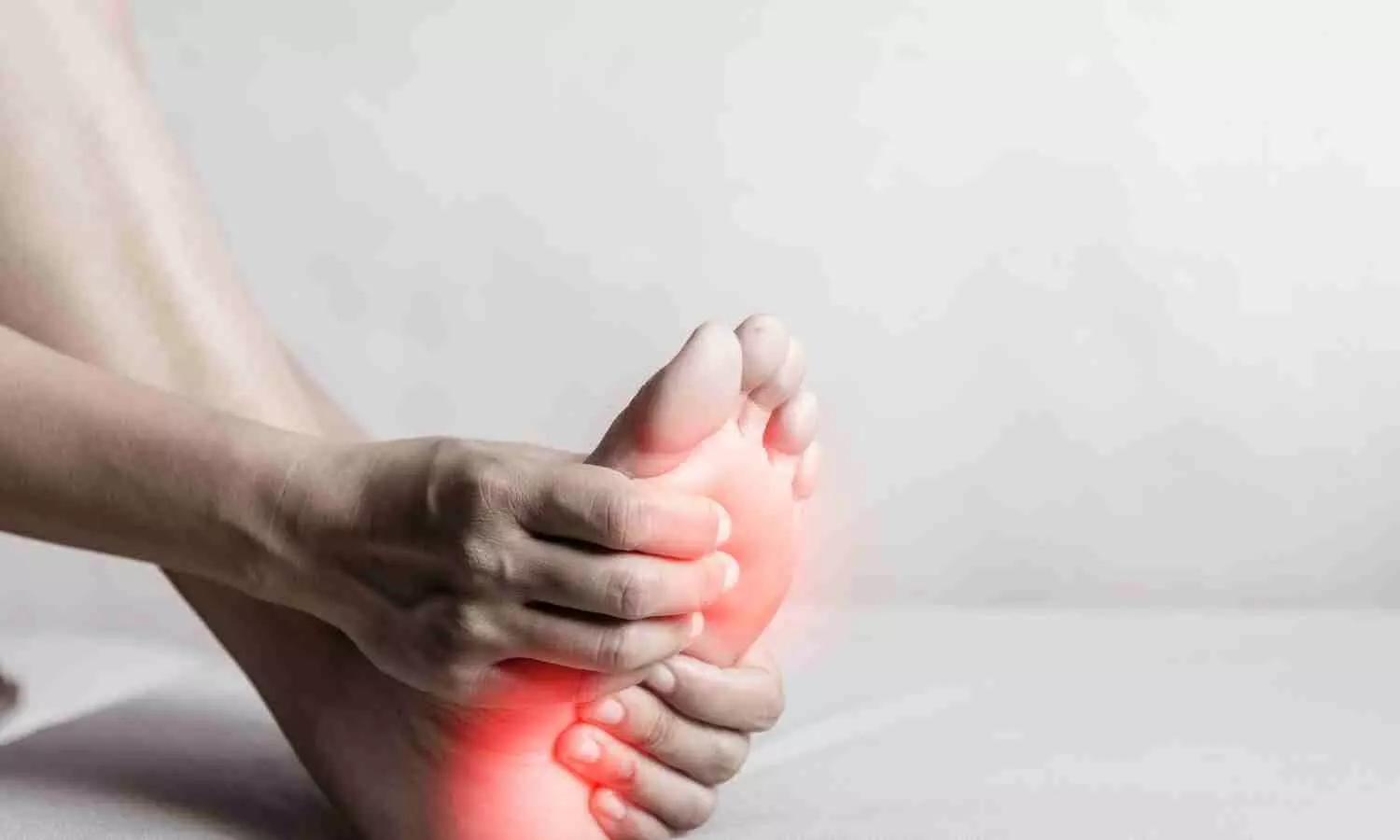Diabetic Peripheral Neuropathy linked with with Micronutrients deficiency in new study

India: In a recent breakthrough study published in the Journal of the Association of Physicians of India, researchers have
uncovered a significant association between Diabetic Peripheral Neuropathy
(DPN) and micronutrient deficiencies. Diabetic Peripheral Neuropathy, a common
complication of diabetes, affects millions worldwide, causing pain, numbness,
and weakness, primarily in the extremities. This research sheds light on the
potential role of micronutrients in mitigating the risk and severity of DPN,
offering new avenues for prevention and treatment strategies.
The study revealed
that altered levels of trace elements have a role in the pathogenesis and
progression of diabetes mellitus (DM). They also play a significant role in
diabetes complications, especially diabetic neuropathy.
Diabetes
mellitus is a common metabolic disorder that has been defined by hyperglycemia.
Diabetic patients usually have high oxidative stress levels. Mitochondrial
dysfunction and blood vessel inflammation are associated with a greater
requirement for micronutrients in diabetic patients. These micronutrients may
have an association with complications in patients with diabetes.
Sandhya
Gautam, Lala Lajpat Rai Memorial Medical College, Meerut, Uttar Pradesh, India,
and colleagues aimed to show the association of diabetic peripheral neuropathy
with levels of micronutrients such as zinc (Zn), copper (Cu), vitamin B 12 (Vit
B 12 ), and magnesium (Mg).
For this purpose, the researchers conducted a
cross-sectional study in the Department of Medicine, Lala Lajpat Rai Memorial
Medical College, Meerut. The study included 130 randomly selected
cases of confirmed type-2 diabetic patients. DPN cases were identified using
the Michigan neuropathy screening instrument. Out of 130 diabetic patients, 28
patients had diabetic neuropathy. The level of various micronutrients was
assessed and correlated with DPN development.
The researchers revealed that the association of DPN with
Zn and Vit B12 was found to be significant, whereas Cu and Mg were found to be
insignificant.
The decreased
blood levels of Mg, Zn, and Vit B 12 and increased blood levels of Cu, as have
been found in the present study, can be utilized for diabetes management.
“However, these
observations require further research because of the important role of trace
elements in DM; it is suggested that an adequate supply of these substances in
the diet of patients with diabetes can be beneficial in the long-term
management of diabetic patients, and further study in this field is
recommended,” the researchers wrote.
The researchers noted that since it was a cross-sectional
study, follow-up of the patients could not be done. Other limitation of the
study was the small sample size, so the study findings can not be
generalized. So, there is a need for a multicentric study with a larger sample
size so that findings can be generalized.
As the global prevalence of diabetes continues to
rise, understanding the interplay between nutrition and diabetic complications
becomes increasingly vital. This study offers valuable insights into
personalized approaches for DPN management, emphasizing the importance of
comprehensive care that addresses metabolic and nutritional factors in
diabetic patients.
Reference:
Gautam S, Mittal C, Ranjan A, et al. Association
of Diabetic Peripheral Neuropathy with Micronutrients. J Assoc Physicians India
2024;72(5):65-67.



